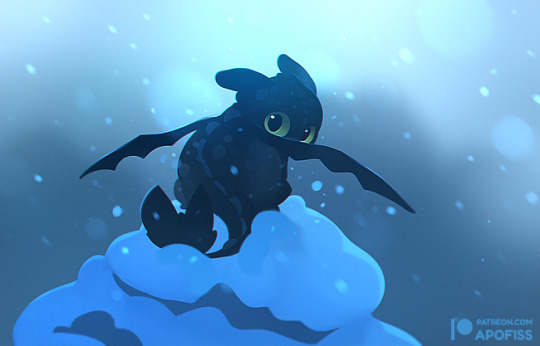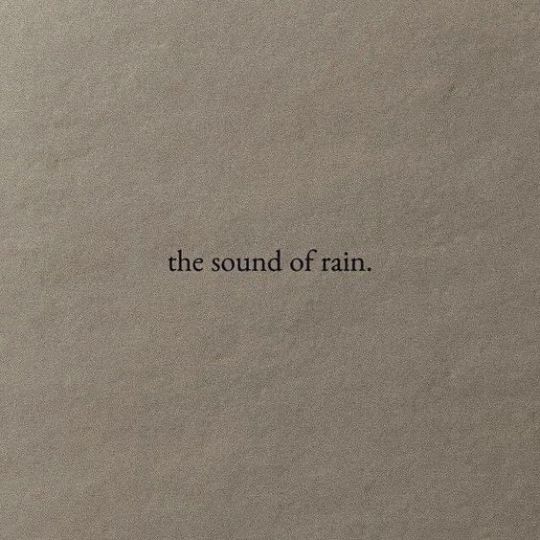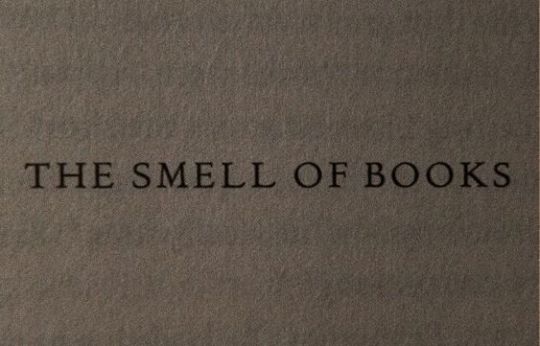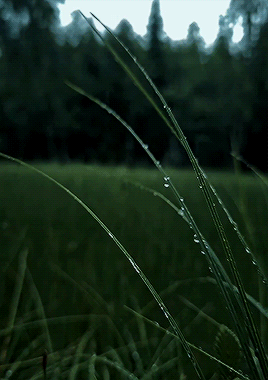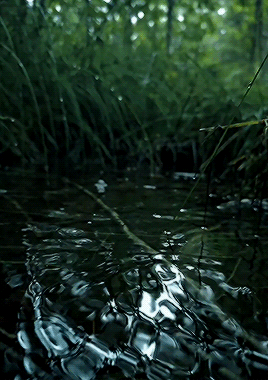Text
Something I rarely see talked about is the fact that, at least twice in the first movie alone, Toothless helps Hiccup set boundaries or get the respect he feels Hiccup deserves.
He didn't start flying peacefully to show Astrid how nice it can be until after she apologized for being mean and threatening to tell the village. And when she did, Toothless almost immediately relaxed and arguably showed off. Like he was saying "look at this. Look at us. Look at what you'd be breaking apart and missing out on."
And, even if he didn't know the full story or reason, Toothless knew Hiccup and Stoick had a fight and Hiccup was upset. So he didn't show Stoick that Hiccup was alive until after he apologized for hurting Hiccup and starting that massive fight in the first place. In that scene, if you look at Toothless's eyes, you can tell he's waiting for something. And the second Stoick apologized, Toothless softened and opened his wings.
Even if Toothless didn't fully understand the entire situation or all the complex human stuff associated with it, he still knew that Hiccup was upset and deserved an apology. Even if neither time Hiccup asked for one and was ready to just sweep it under the rug and forget, Toothless still went the extra little mile to make it clear he wouldn't allow Hiccup to be pushed around or hurt or disrespected or anything without consequence.
Just. I love that. I love how that alone shows how damn smart the dragons, or at the very least Night Furies, can be. Toothless is Hiccup's number one advocate for anything.
4K notes
·
View notes
Text
I haven’t seen the HTTYD remake yet but it’s hilarious to me how John Powell wasn’t allowed to use the same track names so he just decided to be a troll.

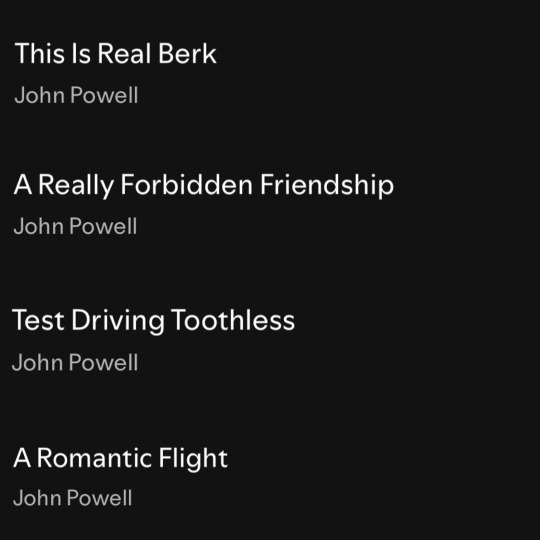
11K notes
·
View notes
Text
Subtle things I found in Puss in Boots 2 that blew my fucking mind
When Puss is fighting the giant you can see Death in the crowd on the top left

You can also see him in this shot, also on the left between the two ladies

The fucking wildest one though gotta be this one where as the giant falls the shadow of his antlers along with the crowd make the subtle shape of a wolf head (they literally put 2 people with red clothes where his eyes would be)


Like Jesus Christ DreamWorks the amount of details in this movie is insane you literally have to scrub through the film to find details like this PLEASE go watch this movie
Take a look at Part 2 here
Take a look at Part 3 here
20K notes
·
View notes
Photo

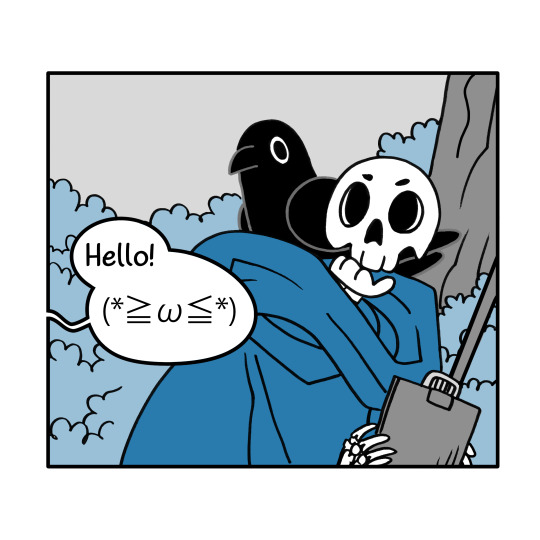


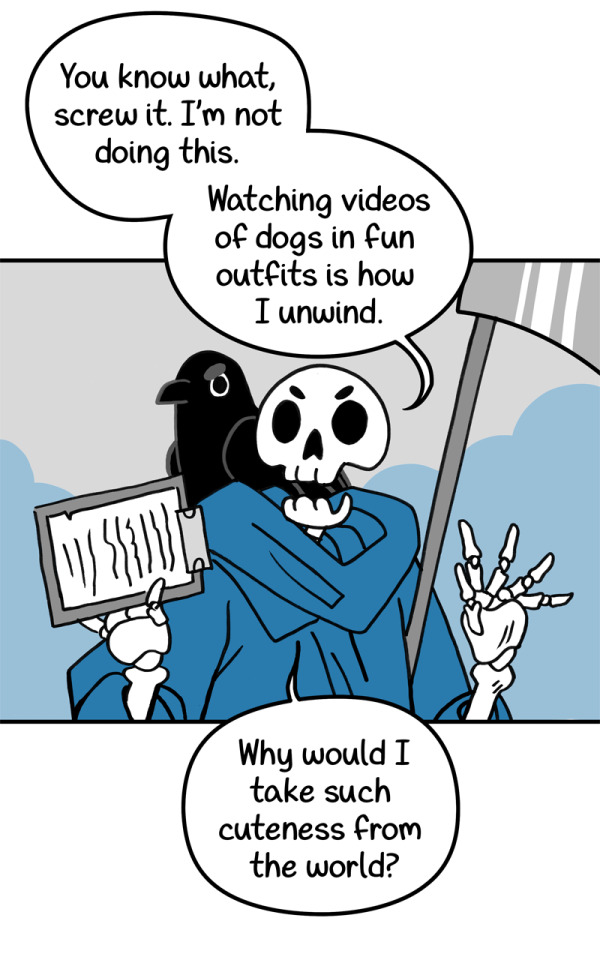
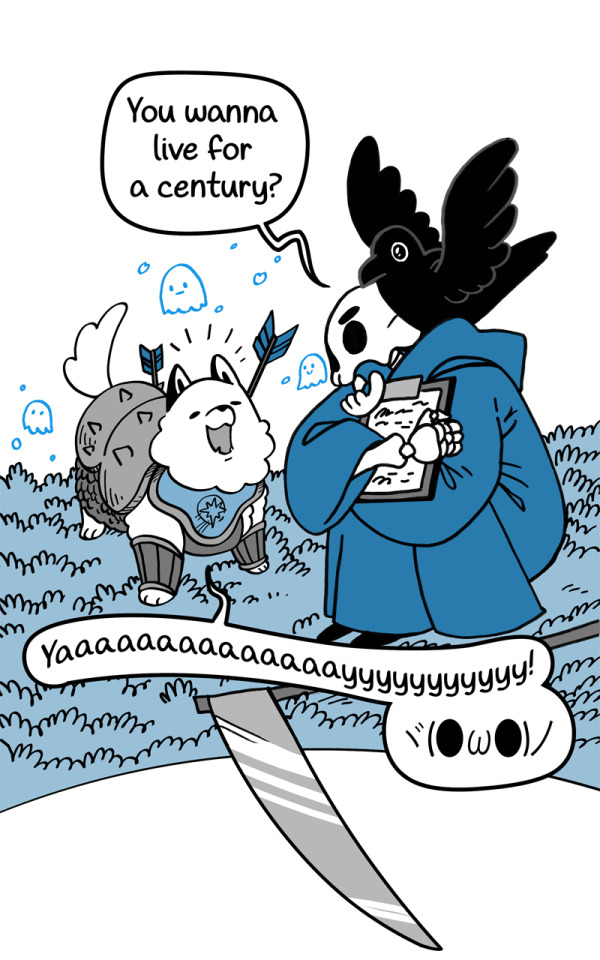
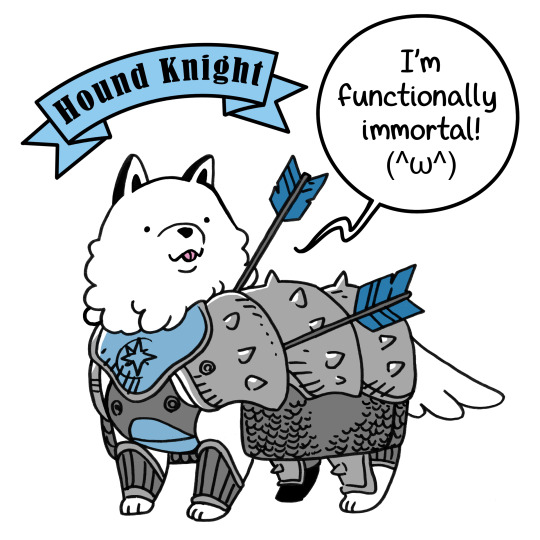
New Crow Time! It’s the Hound Knight. He’s a good boy!!!
101K notes
·
View notes
Text
“how did you get into writing” girl nobody gets into writing. writing shows up one day at your door and gets into you
195K notes
·
View notes
Text
2024 Word Tracking Spreadsheet
For those who have used it before: the 2024 Word Tracking Spreadsheet is now available!
For those who have no idea what I’m talking about, the annual word tracking spreadsheet is a robust Excel sheet (it can be used in Google Sheets) which allows you to track your wordcount goals and actual wordcount across several projects. There are graphs, time tracking, and all kinds of little bells and whistles.
This is a spreadsheet that I started using in 2012 and it’s been in constant change, adding new things as I discover things that I want to track, or better ideas to help motivate myself. I’ve been sharing it for a long time (I forget exactly how long!) and am happy to post the blank spreadsheet each year.
Both the spreadsheet and an instruction document are available.
2024 Word Tracking Spreadsheet
Word Tracking Spreadsheet Instructions
81 notes
·
View notes
Text
69K notes
·
View notes
Text
2K notes
·
View notes
Text
I hope the fic you are working on right now finds a reader who will think about it constantly for years
50K notes
·
View notes
Note
Do you have any tips on how to improve on character beats, verbal cues and overall dialog descriptions? I struggle a LOT with those! Much appreciated!
One of the most overlooked ways to write interesting characters is through dialogue!
1. Start with the basics
Before you can write convincing dialogue, you need to thoroughly know your characters – their personality, backstories, motivations, and quirks.
Start with in-depth character development. Delve into their past, their relationships, the significant events that shaped them, and the dreams or fears that drive their actions. Your understanding of who your character fundamentally is will naturally guide their conversation style, topics they would discuss, and how they would react in dialogue, bringing authenticity to their interactions.
2. Know your character beats
Character beats form the backbone of a character’s development, marking transformative events, consequential actions, and insightful choices. Once you’ve developed your character’s personality, plot the key milestones that challenge and change them.
These milestones reveal how they react to their environment and to other characters, demonstrating their growth and change. Character beats are not merely plot developments; they encapsulate the internal evolution of your characters, paving the way for an authentic and compelling character voice.
3. Use verbal cues
Verbal cues serve as subtle indicators of a character’s underlying emotions and intentions, enhancing readers’ understanding of the character’s internal world. Voice modulation—from a soft whisper to a booming shout—can depict varying moods.
Unique speech patterns, like a nervous stutter or specialized jargon, differentiate characters and reveal aspects of their personality or background. Even the silence between words can be telling, with pauses and lapses in conversation often speaking volumes about a character’s emotional state.
Examples of verbal cues
Volume modulation: A character speaking softly when feeling vulnerable or shouting in anger.
Speed of speech: Fast-paced speech could indicate excitement or nervousness, while slow speech may show calmness or thoughtfulness.
Use of pauses: Strategic silence or pauses can suggest hesitation, contemplation, or underlying tension.
Stuttering: A character might stutter due to a speech disorder, nervousness, or anxiety.
Laughter: This can vary from sarcastic chuckles to uncontrollable laughter, indicating a range of emotions.
Specialized jargon: The use of profession-specific terms can give clues about a character’s background, knowledge, or occupation, just as colloquialism and local jargon can give examples of a character’s location, social status, background, and upbringing.
Choice of words: A character’s diction can reveal their education level, their cultural background, and their personality. Intentional choice can also indicate aspiration, an attempt to change, or an intentional misdirection.
Repetition: Repeating certain words or phrases could indicate a character’s preoccupation or fixation, or simply be a character quirk, like a catchphrase.
Tone: A sarcastic, cheery, or monotone voice can cue readers about a character’s current emotions.
4. Dialogue descriptions
The way you describe dialogue can significantly impact the reader’s perception of a character. Using descriptive adjectives in dialogue, like “he grumbled” versus “he exclaimed,” can drastically change the tone. Also, pay attention to sensory details – the sound, tone, pitch, and pace of a character’s voice can enhance reader understanding. Physical reactions and body language, like facial expressions, gestures, and posture, during the conversation further enrich the description, making the dialogue more engaging and revealing. Good dialogue varies description with dialogue tags, so mix and match the simple with the descriptive, and you’ll find a good rhythm.
See also: A Beginner’s Guide to Dialogue Tags and Vary Your Language With Synonyms To Use Instead Of “Said”
316 notes
·
View notes
Text

I won’t lie that movie changed my life
it’s the primary reason why i went into animation
1K notes
·
View notes

